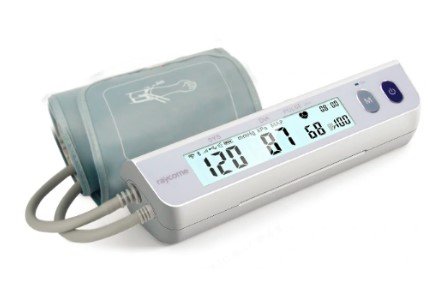Challenges Faced by Phlebotomists in Telemedicine: Solutions and Strategies
Summary
- Introduction to telemedicine in the United States
- Challenges faced by phlebotomists in telemedicine
- Potential solutions and ways to overcome these challenges
Introduction
Telemedicine has become an increasingly popular method of providing healthcare services in the United States. With advancements in technology, patients can now consult with healthcare professionals remotely, reducing the need for in-person visits. However, while telemedicine offers many benefits, there are challenges that phlebotomists face when implementing telemedicine services.
Challenges Faced by Phlebotomists in Telemedicine
Lack of Physical Presence
One of the main challenges faced by phlebotomists when implementing telemedicine is the lack of physical presence. Phlebotomy requires the collection of blood samples, which traditionally requires the phlebotomist to be physically present with the patient. However, with telemedicine, the phlebotomist may not be in the same location as the patient, making it difficult to perform their duties effectively.
Difficulty in Venipuncture
Venipuncture, the process of puncturing a vein to draw blood, is a crucial aspect of phlebotomy. Phlebotomists may face challenges in performing Venipuncture remotely, as they may not have a clear view of the patient's veins or may encounter technical difficulties with equipment. This can lead to errors in blood collection and potentially impact patient care.
Lack of Training and Support
Another challenge faced by phlebotomists in telemedicine is the lack of training and support for remote blood collection. Phlebotomists may not have the necessary skills or knowledge to perform their duties effectively in a telemedicine setting, leading to potential risks for both the patient and the phlebotomist. Without proper training and support, phlebotomists may struggle to adapt to the challenges of telemedicine.
Regulatory Compliance
Regulatory compliance is another challenge that phlebotomists face when implementing telemedicine services. Phlebotomists must adhere to strict guidelines and Regulations set forth by government agencies and healthcare organizations to ensure patient safety and data privacy. However, with the complexities of telemedicine, phlebotomists may find it challenging to navigate these Regulations and comply with all requirements.
Potential Solutions
Advanced Training Programs
- Phlebotomists can benefit from advanced training programs that focus on telemedicine and remote blood collection.
- These programs can provide phlebotomists with the necessary skills and knowledge to perform their duties effectively in a telemedicine setting.
- By investing in training programs, healthcare organizations can ensure that phlebotomists are prepared to overcome the challenges of telemedicine.
Technological Advancements
- Technological advancements in telemedicine can help phlebotomists overcome challenges such as lack of physical presence and difficulty in Venipuncture.
- New tools and equipment can enhance the phlebotomist's ability to collect blood remotely and provide real-time feedback on blood collection.
- By embracing technology, phlebotomists can improve their efficiency and accuracy in remote blood collection.
Collaboration with Healthcare Professionals
- Phlebotomists can collaborate with other healthcare professionals, such as nurses and physicians, to ensure successful blood collection in a telemedicine setting.
- By working together as a team, healthcare professionals can overcome challenges and provide quality care to patients through telemedicine.
- Collaboration can also provide phlebotomists with the support and resources they need to navigate regulatory compliance and ensure patient safety.
In conclusion, phlebotomists face several challenges when implementing telemedicine services in the United States. However, with advanced training programs, technological advancements, and collaboration with healthcare professionals, phlebotomists can overcome these challenges and provide quality care to patients through telemedicine.

Disclaimer: The content provided on this blog is for informational purposes only, reflecting the personal opinions and insights of the author(s) on the topics. The information provided should not be used for diagnosing or treating a health problem or disease, and those seeking personal medical advice should consult with a licensed physician. Always seek the advice of your doctor or other qualified health provider regarding a medical condition. Never disregard professional medical advice or delay in seeking it because of something you have read on this website. If you think you may have a medical emergency, call 911 or go to the nearest emergency room immediately. No physician-patient relationship is created by this web site or its use. No contributors to this web site make any representations, express or implied, with respect to the information provided herein or to its use. While we strive to share accurate and up-to-date information, we cannot guarantee the completeness, reliability, or accuracy of the content. The blog may also include links to external websites and resources for the convenience of our readers. Please note that linking to other sites does not imply endorsement of their content, practices, or services by us. Readers should use their discretion and judgment while exploring any external links and resources mentioned on this blog.
